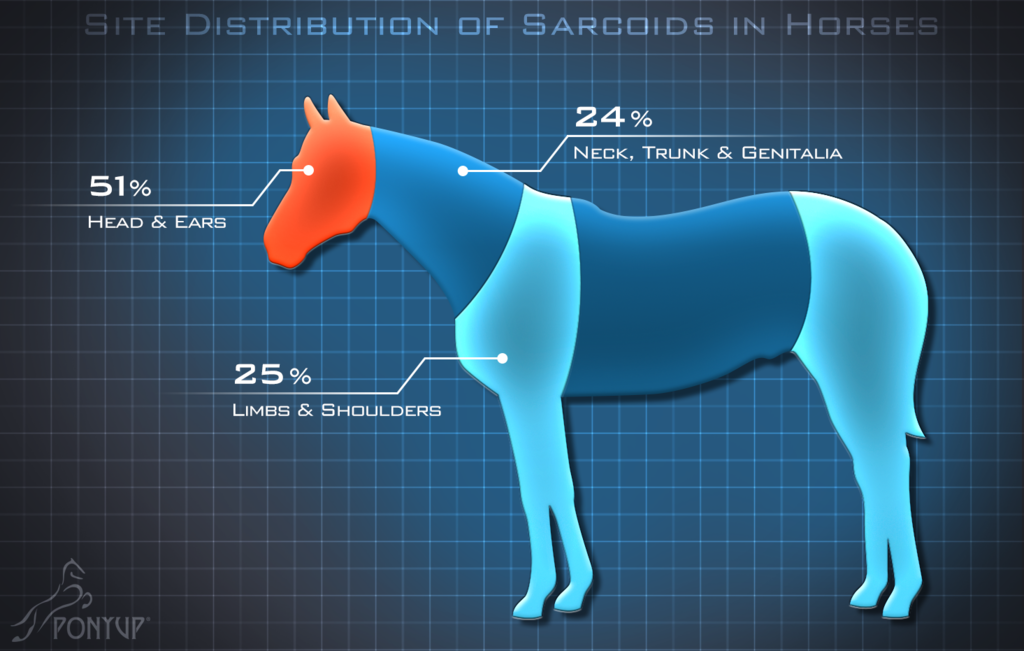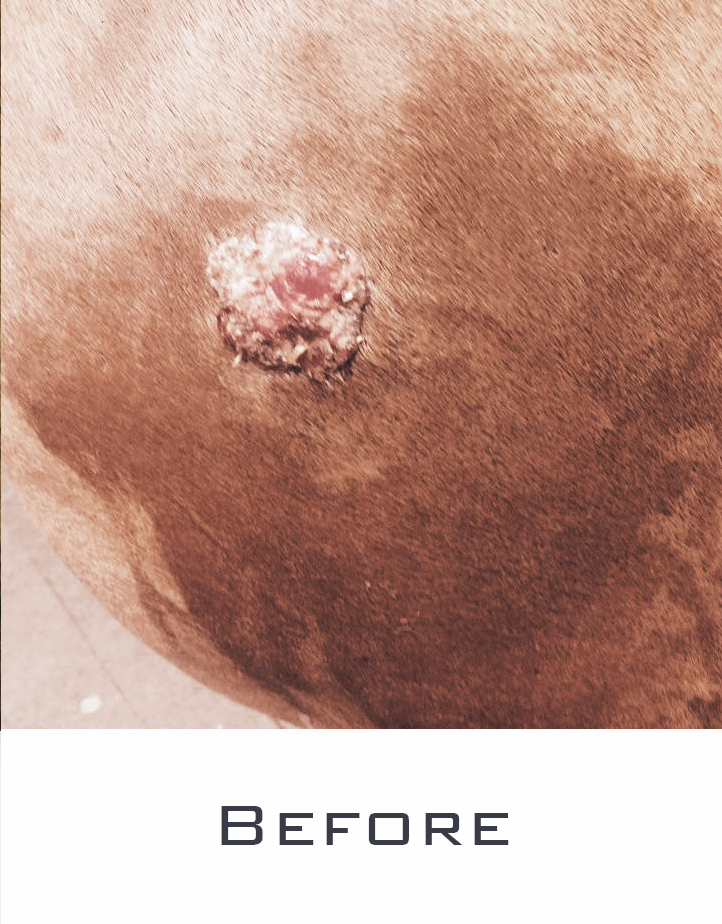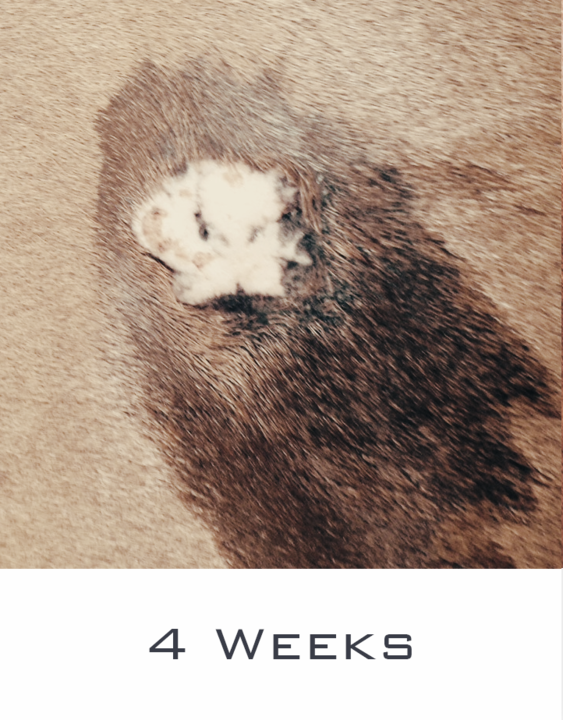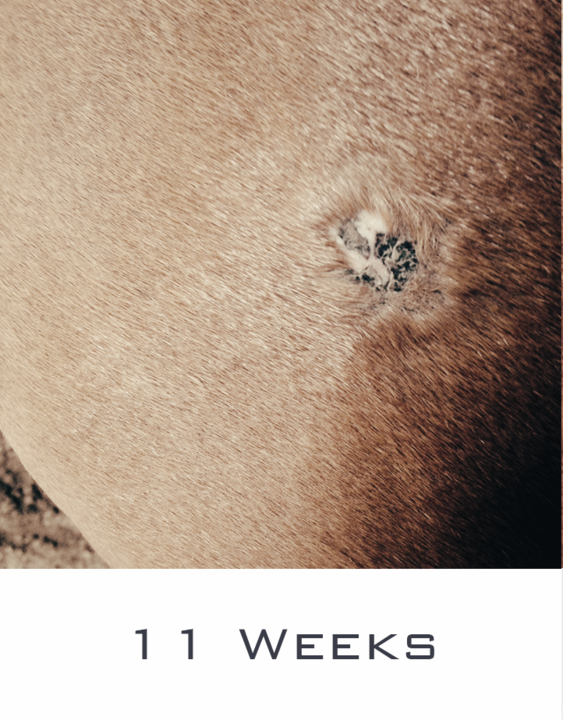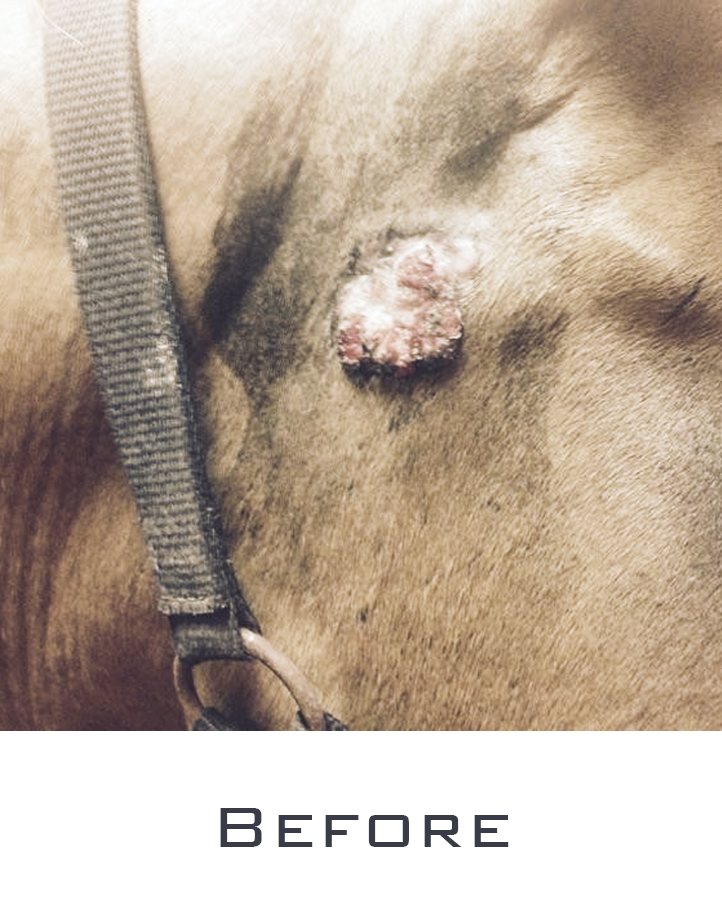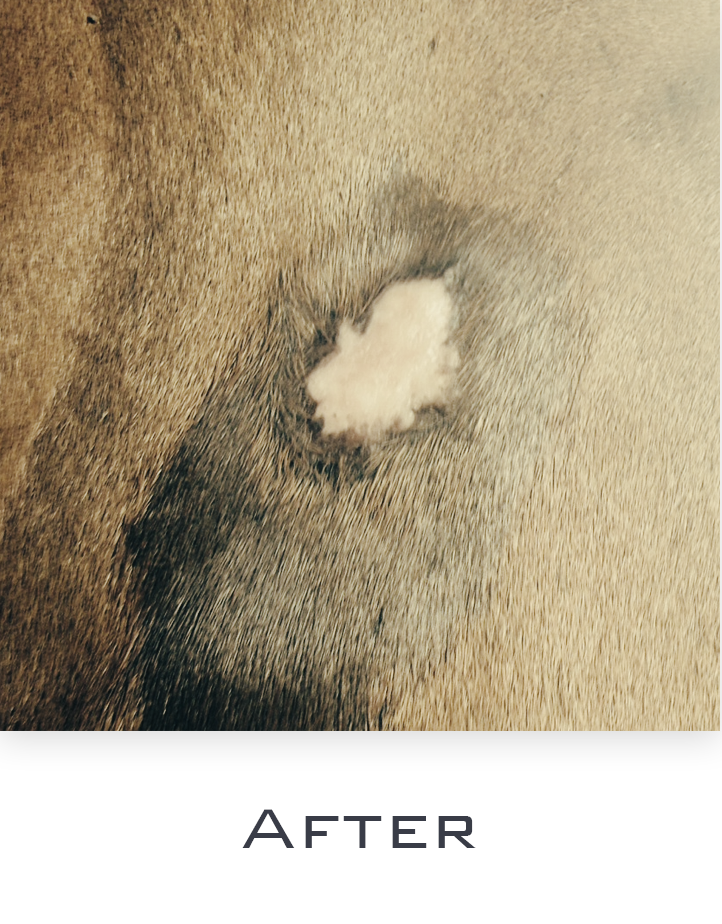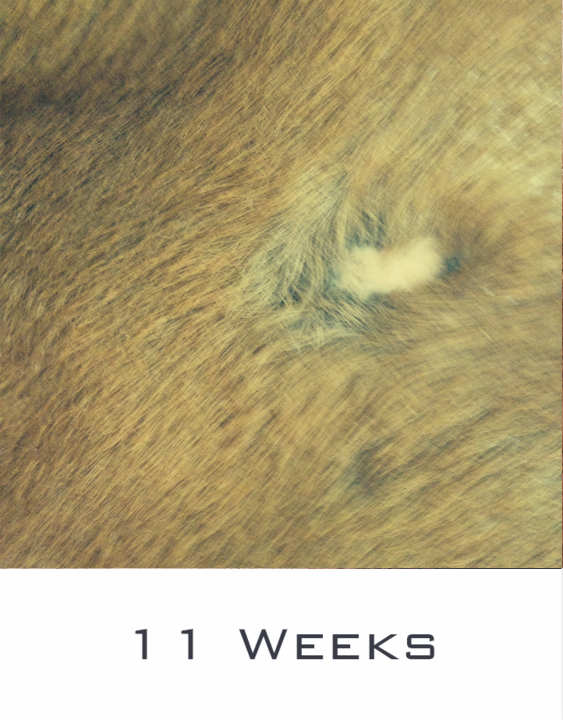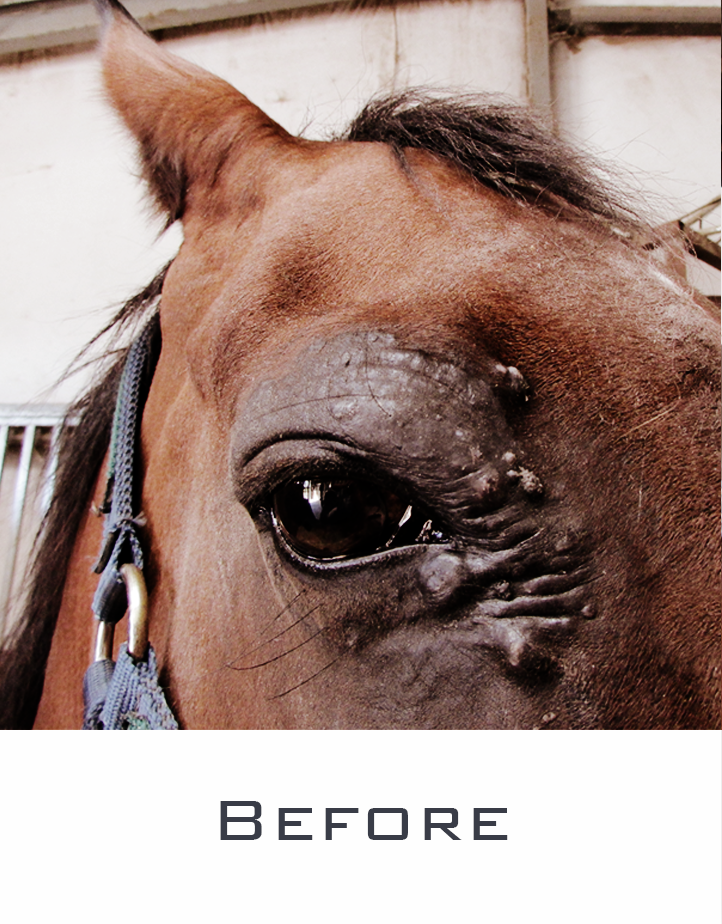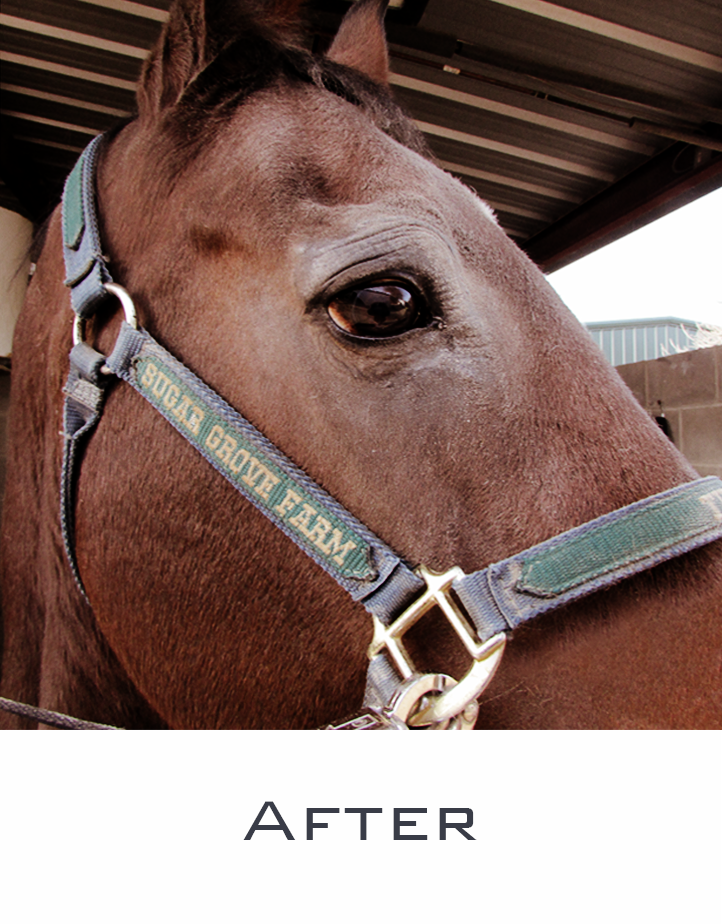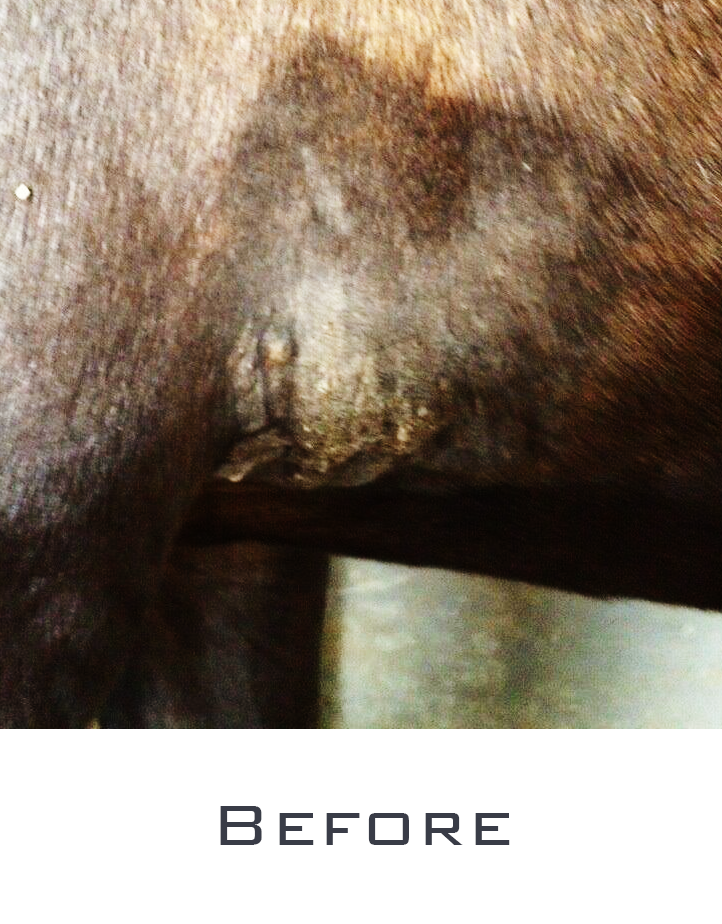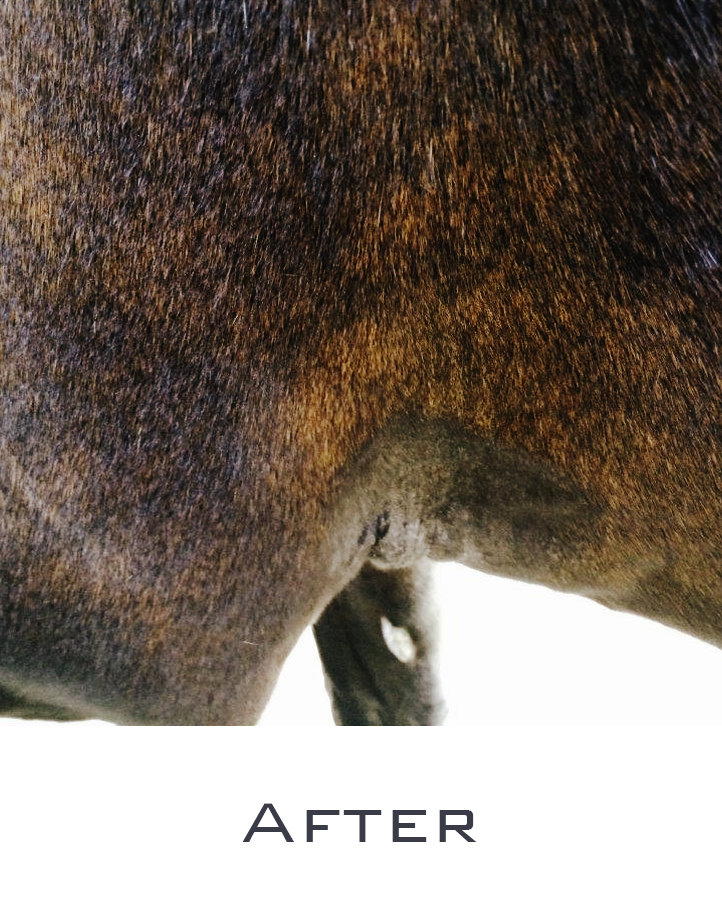Sarcoids are commonly occurring equine skin tumours that have been heart-ache for horses and their owners for centuries. Sarcoids are the most common skin tumour of the horse worldwide. Although common, sarcoids vary greatly in their size and appearance, the nature in which they grow and potentially spread and the way they respond to treatment. It is this variability that makes sarcoids such a challenge for both owners and veterinarians.


